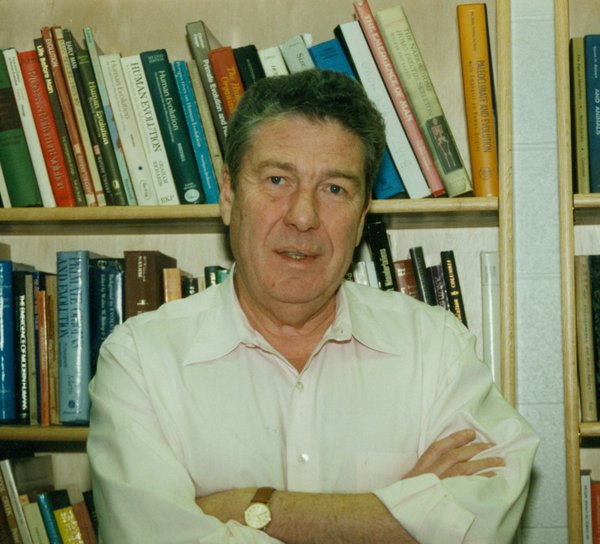
Submitted 18 January 2017 by Anne C. Stone, AAPA executive committee member and nominations chair

This Darwin Award recognizes the prominence Alan Walker’s work has brought to our discipline through his many spectacular fossil finds and methodological developments, and also celebrates his generosity of spirit in continually sharing novel ideas with colleagues and trainees, contributions that changed the discipline. Alan’s insights have been instrumental in the understanding of prosimians (extinct and extant), Oligocene and Miocene apes, and Plio-Pleistocene hominids, as well as other animals, living and fossil. He was one of the first to work rigorously and simultaneously with living and fossil primates, which contributed significantly to our ability to interpret locomotion from limb morphology and inner ears, the diet of deceased and fossil primates from scratches on tooth enamel, and the potential for ontogenetic development to contribute meaningfully to adult craniofacial morphology. His numerous years of fieldwork in Africa recovering new fossil evidence vastly expanded our record of primate evolution and included significant work at Rusinga Island and the environs of Lake Turkana in Kenya, sites that are now common to our lexicon, as well as lesser-known sites in Uganda. Alan has had a significant influence on the trajectory of our discipline. The 1970s and 1980s witnessed the full development of the exciting new field of molecular biology. While many biologists charged forward in that new direction, Alan moved from Harvard University to build one of the original, innovative anatomy programs in the United States at the Johns Hopkins University School of Medicine staffed with anthropologists and evolutionary biologists. This configuration provided a team of anatomists doing research in whole organism evolutionary biology as anatomy instructors for generations of medical students and anthropologists-in-training, and has remained a model for the discipline. Alan moved his laboratory to the Pennsylvania State University in 1995 where he has continued at the forefront of advances in our field. Among Alan Walker’s ~200 publications is the beautifully edited volume on the juvenile Homo erectus skeleton from Nariokotomi, Kenya, as well more popular nonfiction books co-authored with Pat Shipman, books that brought our research discipline to life for the general public.
Copyright © 2024 American Association of Biological Anthropologists.
Site programming and administration: Ed Hagen, Department of Anthropology, Washington State University